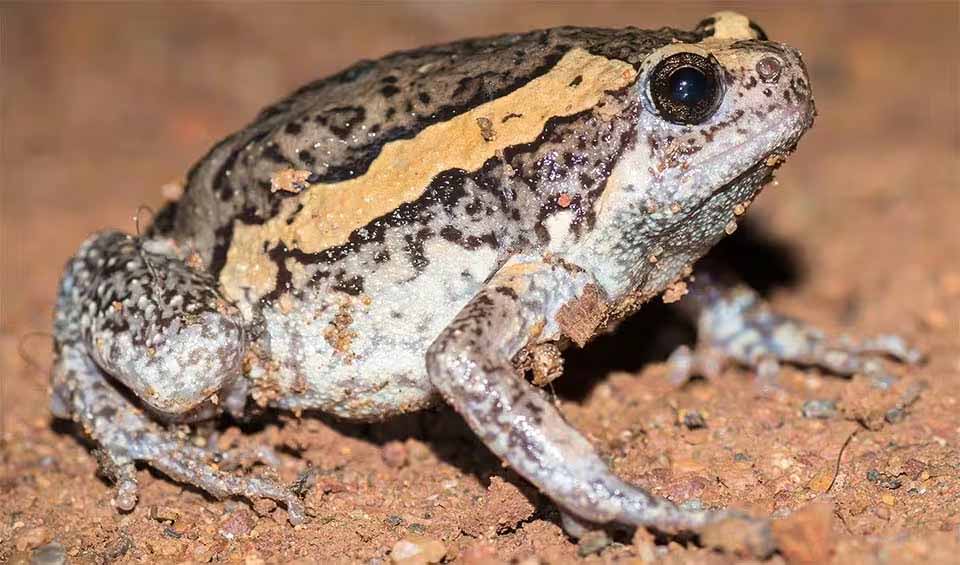Kaloula – Asian narrowmouth toads
The peculiar puddle frogs
This genus encompasses a unique group of amphibians native primarily to Southeast Asia. These frogs are known for their distinctive body shapes and adaptive behaviors. They exhibit a variety of ecological traits that enable them to thrive in diverse habitats, from lush forests to urban areas. They are typically robust with a somewhat rounded body, giving them a somewhat comical appearance compared to more streamlined frogs. They often have smooth, glossy skin which can be brightly colored or patterned, serving as a deterrent to predators through aposematic (warning) coloration.
One of the most interesting features of Kaloula frogs is their ability to survive in both arid and flooded conditions, which is somewhat rare among amphibians. During the rainy season, they thrive in temporary puddles and waterlogged areas, which is how they earned their common name. In contrast, during the dry season, some species can burrow into the ground and form a cocoon-like structure to conserve moisture, allowing them to survive until the rains return.
Their diet is typically composed of insects and other small invertebrates. This makes them beneficial in controlling pest populations, particularly in agricultural areas and gardens. Their hunting strategy often involves sitting and waiting for prey to come close, then capturing it with a quick extension of their sticky tongue—a common trait among many frog species.
Species in this genus
Banded bullfrog
These frogs don’t “croak”—their call sounds more like a dog’s bark!


